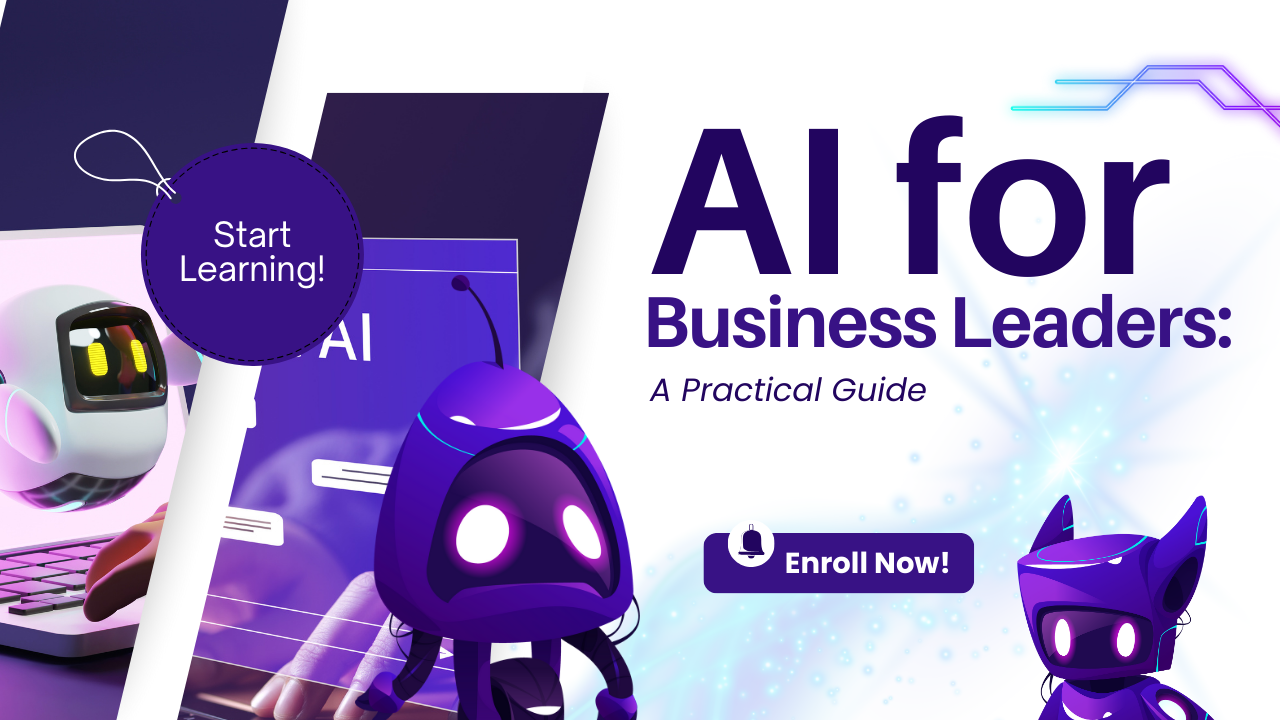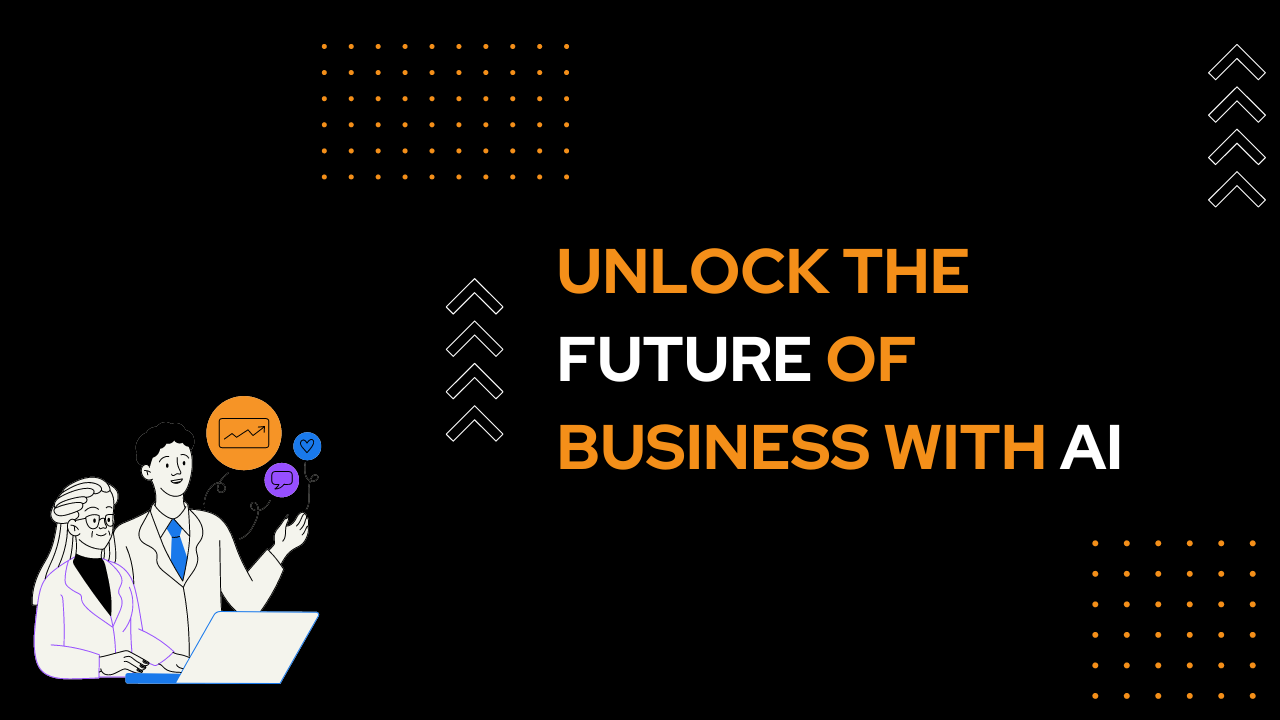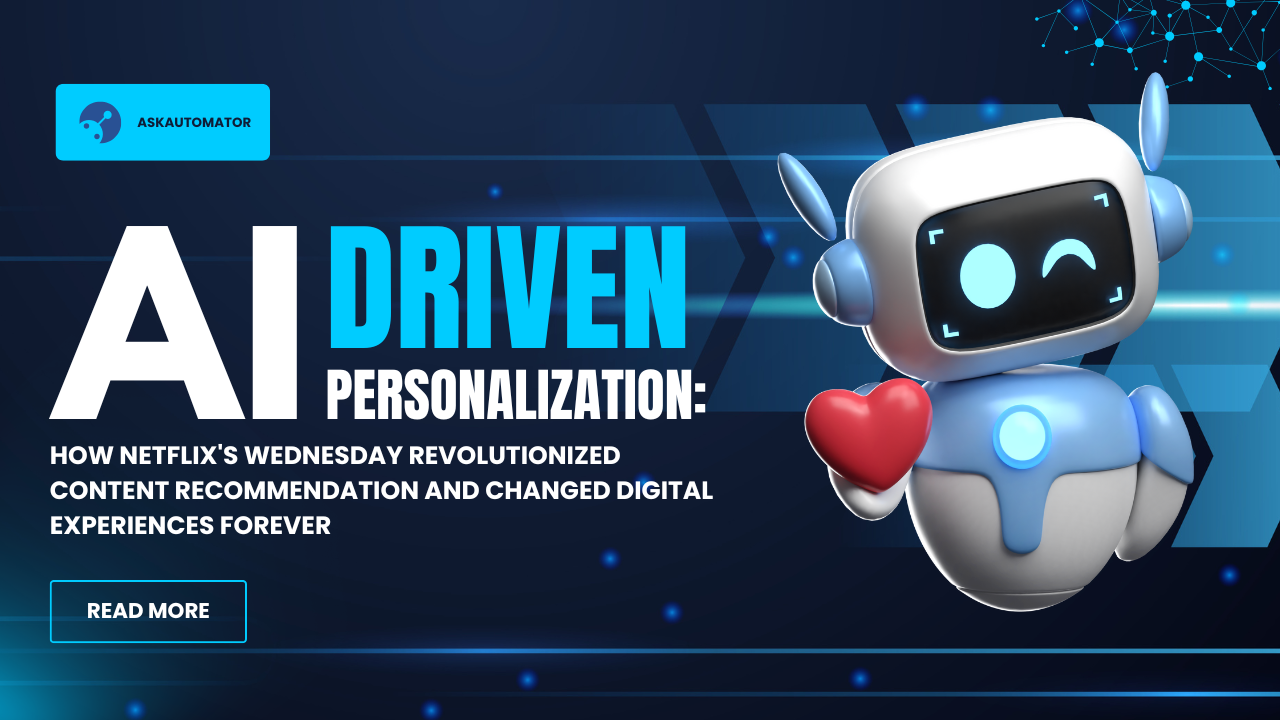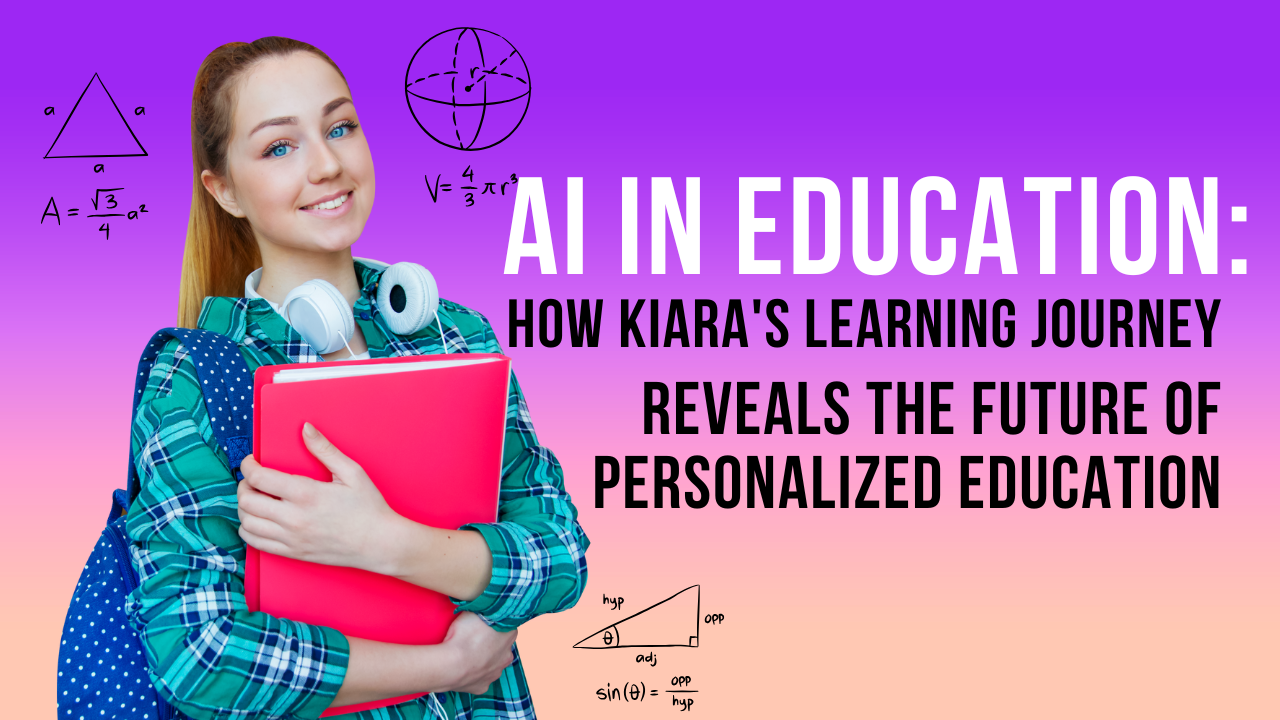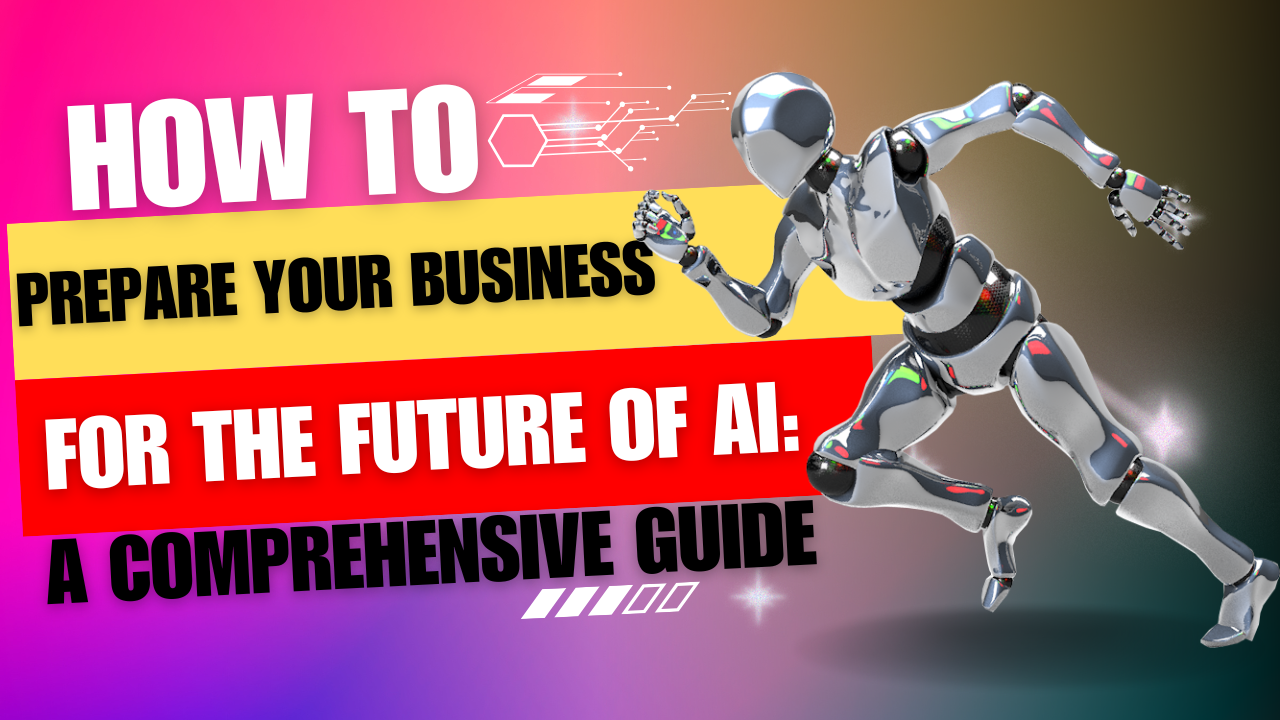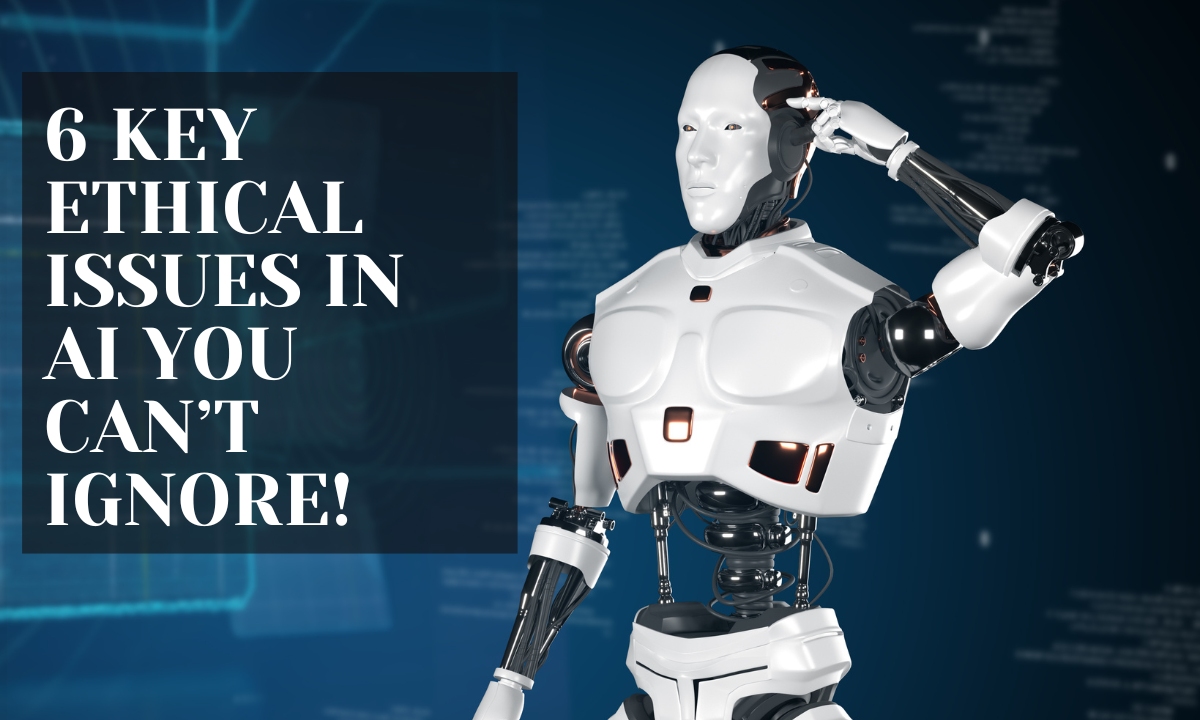Artificial Intelligence is not just a buzzword; it represents a seismic shift in how businesses operate and how economies grow. As we look toward 2030, the economic impact of AI is projected to be staggering, with estimates suggesting a boost of up to $19.9 trillion to the global economy. Insane right? So let us explore the key aspects of AI, including its economic impact, integration into business, implementation strategies, ethical considerations, emerging trends, development frameworks, and the necessity for continuous learning.
The Impact of AI on the Economy
AI is significantly reshaping the economy by creating new business opportunities and transforming existing markets. For instance, generative AI is projected to add between $2.6 trillion and $4.4 trillion annually across various sectors, particularly in banking, retail, and life sciences, where it can automate tasks and enhance productivity. In finance, AI algorithms are optimizing operations by detecting fraud and identifying investment opportunities, potentially increasing global GDP by 7% or nearly $7 trillion.
Additionally, companies like REDI Cincinnati leverage AI for predictive analytics to attract investments, resulting in over $6 billion in capital investments. This technological advancement not only drives efficiency but also fosters innovation, leading to the emergence of entirely new markets and revenue streams as businesses adapt to AI capabilities.
As AI continues to evolve, it has the potential to contribute an estimated $15.7 trillion to the global economy by 2030, underscoring its transformative power and the vast opportunities it presents for businesses willing to adapt and innovate. This growth will primarily stem from:
- Productivity Gains: Automation and augmentation of labour through AI technologies are expected to account for over 55% of GDP gains.
- Increased Consumer Demand: The availability of personalized and higher-quality products will spur more consumption, further driving economic growth.
- Job Transformation: While AI may displace around 85 million jobs by 2025, it is expected to create approximately 97 million new jobs, particularly in fields like data science and software development.
The economic implications are profound; businesses that adopt AI early are likely to experience substantial financial benefits compared to those that lag behind. Experts predict that AI could boost global growth rates to between 4-6% per annum, surpassing the historical average of around 4% over recent decades. This growth will be facilitated by AI’s ability to improve operational efficiency across various industries.
Key AI Technologies
These AI technologies are already embedded into our lives but we just don’t realize it.
- Deep Learning: Deep Learning has transformed various industries by enabling businesses to leverage vast amounts of data for enhanced decision-making and operational efficiency.
- Companies like Netflix utilize deep learning algorithms to analyze user preferences and viewing habits, enabling personalized content suggestions. This not only enhances user engagement but also drives subscription retention by ensuring customers find relevant content easily.
- Deep learning is making strides in healthcare, with companies like IBM Watson Health using it for medical imaging analysis. This technology improves diagnostic accuracy for conditions such as cancer and diabetic retinopathy, potentially saving lives through earlier detection and intervention.
- Natural Language Processing (NLP): Natural Language Processing (NLP) enables machines to understand and interpret human language, creating opportunities across various sectors:
- Tools like OpenAI’s GPT-3 are employed by businesses for automated content creation, from marketing copy to news articles. This not only speeds up content production but also allows for personalization at scale, catering to diverse audience segments.
- Companies like Zendesk use NLP-powered chatbots to handle customer inquiries. These bots can understand context and sentiment, providing instant responses that enhance customer satisfaction while reducing operational costs.
- Computer Vision: Computer Vision (CV) enables machines to interpret visual information from the world, offering significant business advantages.
- Businesses utilize facial recognition for security and personalized marketing. For example, Starbucks has experimented with facial recognition systems to identify loyal customers and tailor promotions accordingly, enhancing customer experience while driving sales.
- Companies like Siemens use computer vision systems for quality assurance on production lines. These systems can detect defects in real-time, ensuring that only products meeting quality standards reach consumers, thus reducing waste and improving customer satisfaction.
These technologies hold immense potential for driving innovation across various sectors. It is essential for businesses to recognize and stay informed about these developments to leverage their benefits effectively.
AI Integration in Business
Artificial Intelligence (AI) integration in business has become essential for enhancing efficiency, decision-making, and customer experience. As of 2024, approximately 40% of global companies are utilizing AI, with another 42% exploring its potential.
- Increased Efficiency: AI automates repetitive tasks, allowing employees to focus on more complex and value-added activities. This shift can lead to a 30% increase in operational efficiency for organizations that partner with AI development companies.
- Data-Driven Decision-Making: AI’s ability to process vast amounts of data enables businesses to make informed decisions quickly. Companies can predict market trends and customer preferences, enhancing their strategic planning.
- Enhanced Customer Experience: AI personalization tools improve customer interactions by predicting needs and providing timely solutions. This leads to higher customer satisfaction and loyalty.
Despite widespread recognition of AI’s potential benefits, many companies struggle with full integration into their core processes. The gap between acknowledgment and implementation can hinder competitive advantage. But why does this happen?
- Lack of Strategy: Many organizations fail to develop a clear strategy for AI adoption. A significant issue is that AI is not a one-size-fits-all solution; it encompasses a wide range of technologies and applications that must align with specific business objectives. Without a well-defined strategy, companies risk investing in AI solutions that do not meet their needs, leading to wasted resources and disappointing outcomes.
- Resource Allocation: Implementing AI requires significant investment in technology and training. The costs associated with AI adoption can be significant, encompassing expenses for software, hardware upgrades, and employee training programs. Many organizations underestimate these costs, which can lead to budget overruns and unmet expectations.
- Cultural Resistance: Employees may resist changes brought about by automation. They may feel threatened by the introduction of AI technologies, fearing job displacement or changes to their roles. This apprehension can lead to resistance against new initiatives, stalling progress and hindering integration efforts. To overcome this cultural barrier, organizations need to foster an environment that encourages curiosity and learning about AI. Involving employees in discussions about AI adoption can help demystify the technology and highlight its benefits, promoting buy-in and reducing resistance.
AI Implementation Steps
Successful adoption of AI in business encompasses several critical steps. Let’s take a look at the expanded outline of the implementation process:
1. Assessment
Begin by assessing existing workflows to identify inefficiencies and areas where AI can add significant value. This involves gathering input from various stakeholders to understand their challenges and needs.
Define Objectives: Clearly articulate the business goals you aim to achieve through AI. These objectives should be SMART (Specific, Measurable, Attainable, Relevant, Time-bound) to guide the implementation effectively .
2. Strategy Development
Analyze the data landscape to determine what data is available, its quality, and what additional data may be needed. This step is crucial as high-quality data is the backbone of any successful AI initiative.
Create a comprehensive plan for data collection, storage, and governance. This strategy should also address compliance with data privacy regulations and ethical considerations to ensure transparency and fairness in AI applications. Then determine specific use cases where AI can be applied effectively. Popular applications include fraud detection and customer service automation. Assess the risks associated with each use case to ensure they align with organizational capabilities and public trust.
3. Implementation
With a clear understanding of your objectives and data, develop the AI model. This involves selecting the appropriate algorithms and training them using your prepared datasets.
Before full deployment, conduct pilot tests in controlled environments to evaluate model performance. Gather feedback and make necessary adjustments based on test results to refine the model further. Finally, integrate the AI solution into current business processes.
4. Monitoring and Evaluation
Continuously assess the performance of your AI models against predefined metrics. This evaluation helps ensure that the models meet business requirements and remain reliable over time.
The AI implementation process is iterative; be prepared to revisit earlier steps based on performance feedback and changing business needs. This flexibility allows for ongoing optimization of AI solutions.
5. Training and Education
Equip employees with the necessary skills to work effectively with AI tools. Training programs should focus on data science, machine learning principles, and ethical implications of AI usage.
6. Scalability and Future Planning
As your organization grows, ensure that your AI systems are scalable to handle increased data volumes and complexity without compromising performance. Regularly measure ROI from AI initiatives and adjust strategies as needed to align with evolving business goals and technological advancements.
By following these structured steps, organizations can successfully implement AI technologies that drive efficiency, innovation, and competitive advantage in their operations.
Mind The Ethics
As AI technologies advance, ethical considerations become increasingly critical. Addressing ethical concerns is essential for maintaining consumer trust and complying with regulations.
- Reputational Damage: Neglecting ethics can lead to significant reputational harm. High-profile cases like the Volkswagen emissions scandal illustrate how unethical practices can erode consumer trust and loyalty, resulting in long-term financial losses. Negative publicity spreads rapidly in today’s digital landscape, making recovery challenging and costly.
- Legal Consequences: Companies that fail to uphold ethical standards face heightened legal risks, including lawsuits and regulatory penalties. For instance, unethical data handling practices can lead to severe fines and sanctions, draining resources that could otherwise be invested in growth initiatives.
- Operational Inefficiencies: Unethical practices often create a toxic work environment, leading to employee disengagement and high turnover rates. This not only disrupts operations but also incurs significant costs associated with recruitment and training.
- Loss of Competitive Edge: As consumers become more socially conscious, businesses that ignore ethical considerations may lose market relevance. Competitors that embrace ethical AI will likely capture the attention of consumers who prioritize corporate responsibility, further diminishing the market position of unethical firms.
Businesses that prioritize ethical considerations will not only comply with regulations but also build stronger relationships with consumers.
Emerging AI Trends
Artificial Intelligence (AI) is rapidly transforming business landscapes, creating new opportunities and reshaping existing models. Here are some key trends that are particularly impactful:
Generative AI
Generative AI has the potential to revolutionize productivity across various sectors. It can automate tasks that currently consume 60-70% of employees’ time, significantly enhancing efficiency in functions like customer service, marketing, and software development.
- Enhanced Customer Interactions: By automating responses and providing real-time assistance, generative AI can improve customer experience and agent productivity, leading to increased sales and customer satisfaction.
- Cost Savings: Businesses can reduce operational costs by automating routine tasks, allowing human resources to focus on more complex issues
AI-Driven Automation
AI is increasingly used to automate manual processes, which can lead to a leaner workforce and lower operational costs. This shift allows businesses to reallocate resources towards strategic initiatives rather than routine tasks.
- Smart Operations: Companies can implement AI for energy management in facilities, predictive maintenance for equipment, and enhanced data analytics for decision-making.
- Improved Marketing Efficiency: AI tools can analyze consumer behavior more accurately, allowing businesses to tailor marketing strategies effectively and reduce wasted ad spend.
Data-Driven Decision Making
AI enables businesses to leverage vast amounts of data for real-time insights, enhancing decision-making processes. This capability allows companies to pivot quickly in response to market changes or consumer preferences.
- Predictive Analytics: Businesses can forecast trends and consumer behavior more accurately, leading to better inventory management and product development strategies.
- Improved ROI Measurement: AI tools enable real-time tracking of marketing effectiveness, allowing businesses to optimize their strategies based on measurable outcomes rather than assumptions
AI-Driven Business Models
AI is fundamentally transforming business models across various industries, enabling new opportunities while disrupting traditional practices. This transformation is characterized by enhanced efficiency, improved decision-making, and the emergence of innovative revenue streams.
1. AI as a Service (AIaaS)
This model allows companies to access AI capabilities via cloud platforms without significant upfront investments. Providers like IBM’s Watson offer subscription-based services that ensure recurring revenue while enabling businesses to leverage AI tools flexibly.
2. Subscription and Personalized Services
Startups like Stitch Fix utilize AI algorithms to deliver personalized clothing recommendations through a subscription model, which enhances customer engagement and loyalty. This approach not only generates consistent revenue but also tailors offerings to individual preferences.
3. Platform-Based Models
Companies are creating ecosystems where third-party developers can build applications using their AI platforms. This model thrives on network effects, as seen with Amazon’s integration of AI across its services, from Alexa to product recommendations.
4. Consulting and Custom Solutions
Firms are increasingly turning to consultants for tailored AI solutions that address specific operational needs. This model emphasizes the importance of customization in harnessing AI effectively.
Some of the Successful AI-Driven Startups
- Stitch Fix: Utilizes AI for personalized styling recommendations through a subscription service, combining data analysis with fashion expertise.
- OpenAI: Initially offered services for free or at discounted rates to refine its models through user feedback, demonstrating an effective feedback loop for continuous improvement.
- Spotify: Implements AI-driven personalization in its “Discover Weekly” playlists, enhancing user engagement while gathering data for further refinement of its recommendation algorithms.
Continuous Learning in AI
AI technologies are advancing at an unprecedented rate. Business leaders must cultivate a culture where employees are encouraged to learn about these developments. This can be achieved through regular training sessions, workshops, and access to online courses that focus on AI applications relevant to their industry.
A culture of continuous learning fosters an environment where employees feel empowered to experiment with new ideas and technologies. This is particularly important in AI, where innovative applications can lead to new business models or improvements in existing processes. Companies like Amazon exemplify this by continuously integrating AI into their operations, leading to enhanced customer experiences and operational efficiencies.
Strategies for Fostering a Culture of Continuous Learning
1. Promote Knowledge Sharing
Encourage employees to share insights from conferences, webinars, or courses they attend. This can be facilitated through internal newsletters or dedicated platforms where team members can discuss AI trends and applications.
2. Provide Resources and Tools
Investing in tools that enable learning—such as access to AI platforms and analytics tools—can empower employees to explore AI applications hands-on. This practical experience is invaluable for understanding how AI can be applied within the organization.
3. Leadership Involvement
Business leaders should actively participate in learning initiatives, demonstrating their commitment to continuous education. This involvement can inspire employees to prioritize their own learning and development.
The Role of AI in Strategic Decision-Making
- AI enhances decision-making by providing actionable insights derived from large datasets, enabling leaders to make informed choices based on real-time information.
- Properly designed AI systems can help reduce cognitive biases in decision-making processes, ensuring that strategies are based on objective data rather than subjective opinions.
- AI tools allow leaders to simulate various scenarios based on historical data, helping them assess potential outcomes of different strategic choices
Conclusion
In conclusion, business leaders must not only integrate AI into their strategies but also cultivate an environment that encourages experimentation and adaptation. By embracing AI technologies and fostering continuous learning, organizations can position themselves at the forefront of innovation, ensuring long-term success in a rapidly evolving marketplace.

